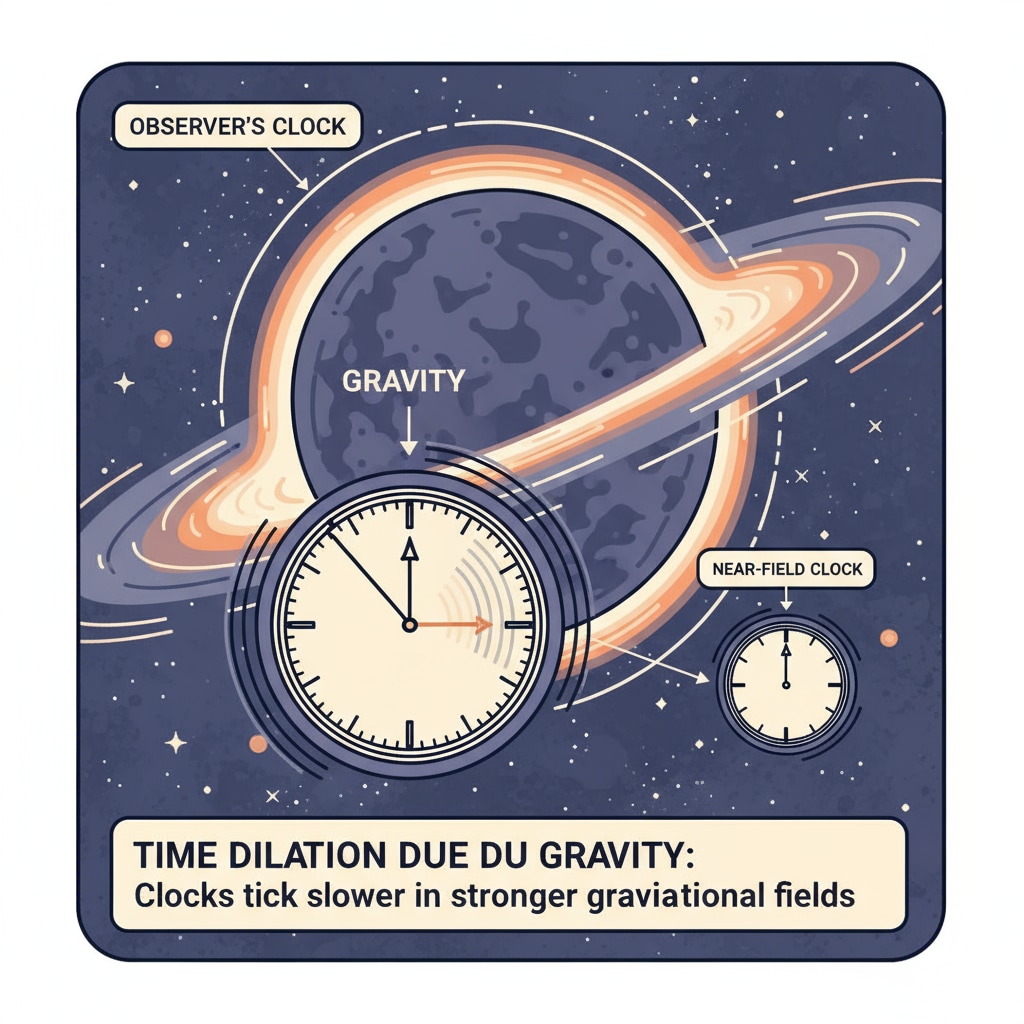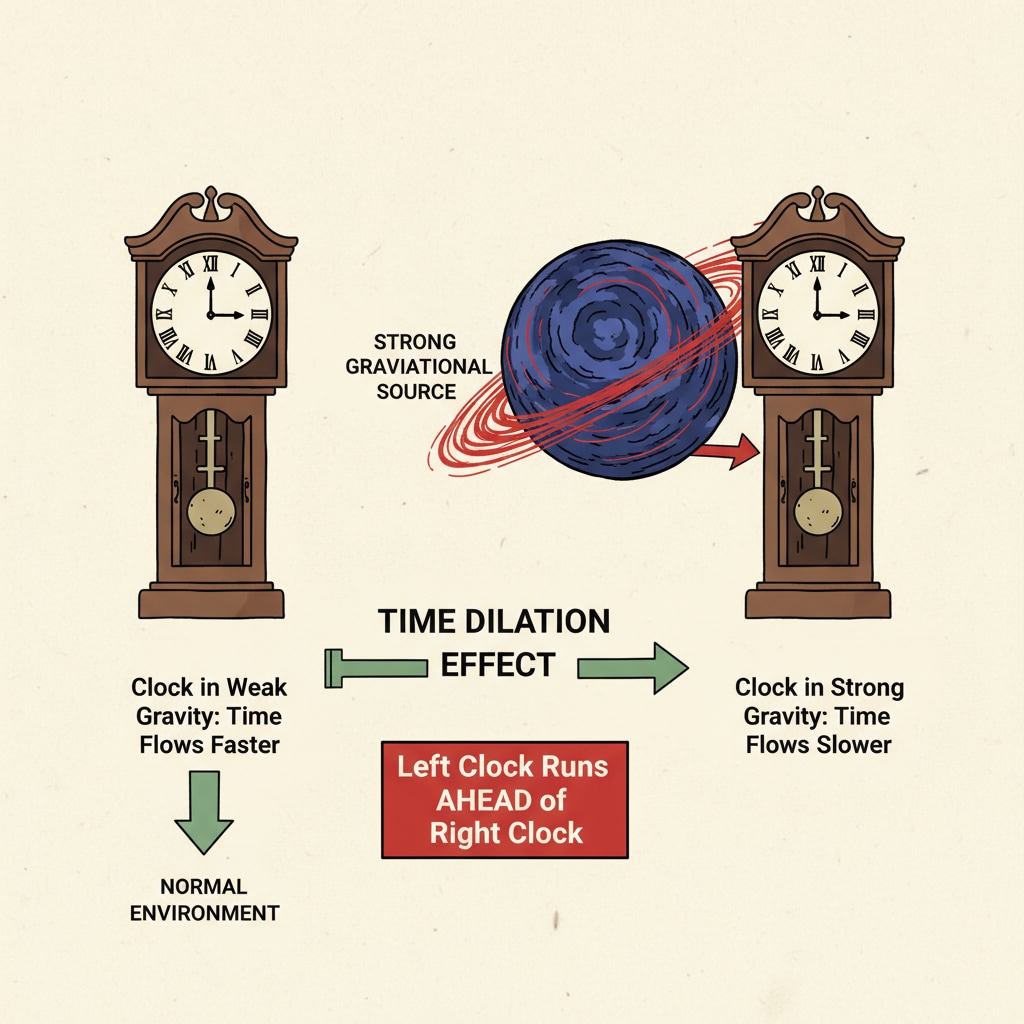Time bending, gravity, and everyday life are intertwined in ways that might seem mysterious at first. Einstein’s theory of relativity introduced the fascinating concept that gravity can affect the passage of time. In K12 classrooms, making this complex idea accessible to students can be a rewarding challenge.

Gravity’s Influence on Time: The Basics
According to Einstein’s general theory of relativity, gravity is not just a force pulling objects down, but it actually warps space and time. Massive objects like planets and stars create a gravitational field that can slow down the passage of time. This phenomenon is known as time dilation. For example, clocks closer to a massive object will tick more slowly compared to those in a weaker gravitational field. General Relativity on Wikipedia explains this concept in more detail.
Bringing Time Bending to the Classroom
To help K12 students grasp this abstract idea, teachers can use simple analogies. For instance, think of time as a flowing river. A massive object is like a whirlpool in the river. As the river (time) passes by the whirlpool (gravity), it slows down. This gives students a visual and relatable way to understand time dilation. Another approach is through interactive experiments. Time Dilation on Britannica offers valuable insights for creating such experiments.

Understanding the impact of gravity on time has practical implications in our daily lives. GPS satellites, for example, need to account for time dilation effects. Since they are in a weaker gravitational field compared to Earth’s surface, their clocks run faster. If these time differences were not corrected, GPS navigation systems would be inaccurate by several kilometers within a day.
Readability guidance: By using these simple explanations and hands-on activities, teachers can make the complex topic of time bending due to gravity more accessible. Short paragraphs and relatable examples keep students engaged. Using transitions like “for example” and “another approach” helps the flow of the content.


